Are you looking to add a touch of natural elegance to your garden without the constant upkeep? Succulents may well just be your perfect solution.
With over 400 species native to Australia, these resilient plants not only thrive in our unique climate but also bring a diverse range of textures and colours to your outdoor space.
There’s a succulent to suit every taste and garden style. Dive into the fascinating world of Australian succulents and discover how these low-maintenance beauties can transform your garden into a stunning oasis.
Popular Succulent Types You Can Grow in Australia
Aloe Vera (Aloe barbadensis)
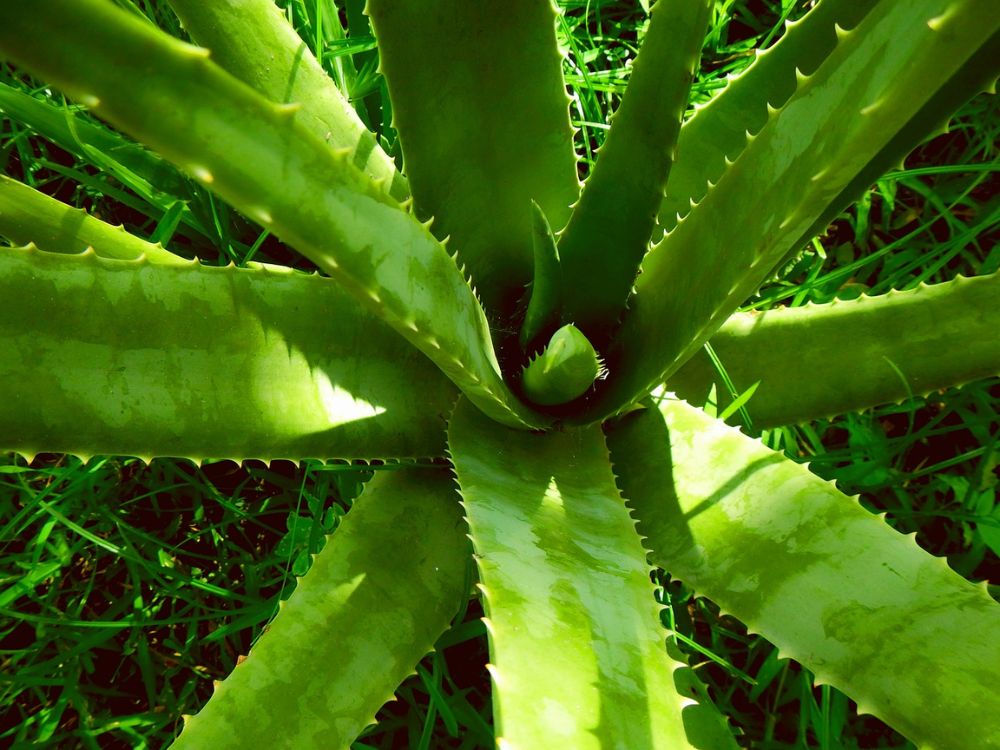
Aloe Vera thrives in sunny positions with its thick, fleshy leaves. It’s widely known for its medicinal properties, especially its soothing gel. This succulent does well in well-drained soil and can tolerate periods of drought.
Jade Plant (Crassula ovata)
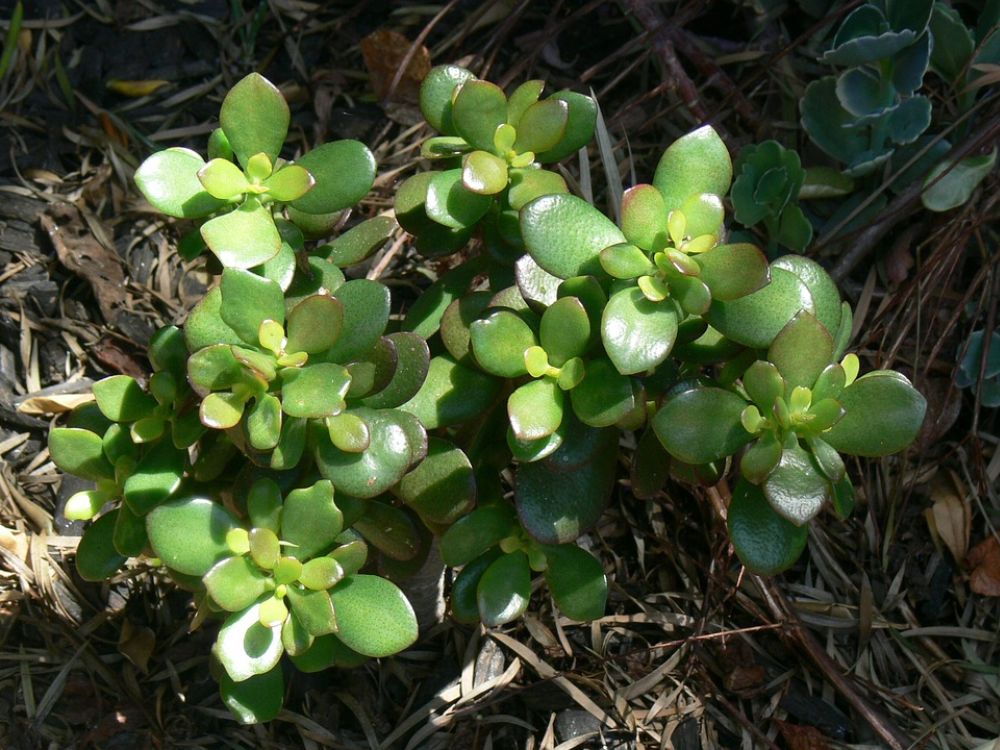
Jade Plant, often associated with good luck, features round, glossy green leaves. It grows well in both indoor and outdoor settings. It prefers bright light but can adapt to lower light conditions.
Agave (Agave spp.)

Agave plants are rosette-forming succulents with sharp, spiny leaves. They do well in full sun and are drought tolerant. Agave flowers attract various pollinators, adding biodiversity to your garden.
Echeveria (Echeveria spp.)
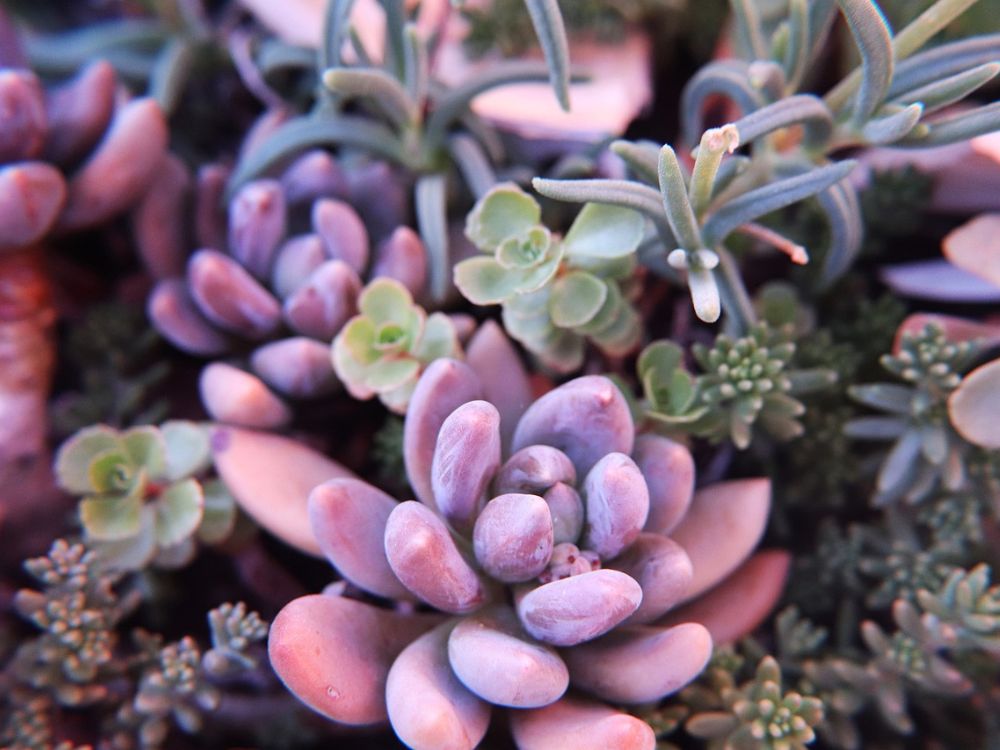
Echeverias are among the most popular succulents, known for their rosette shapes and vibrant colours. They prefer bright, indirect light and well-draining soil. These succulents add visual appeal to any garden space.
Sedum (Sedum spp.)
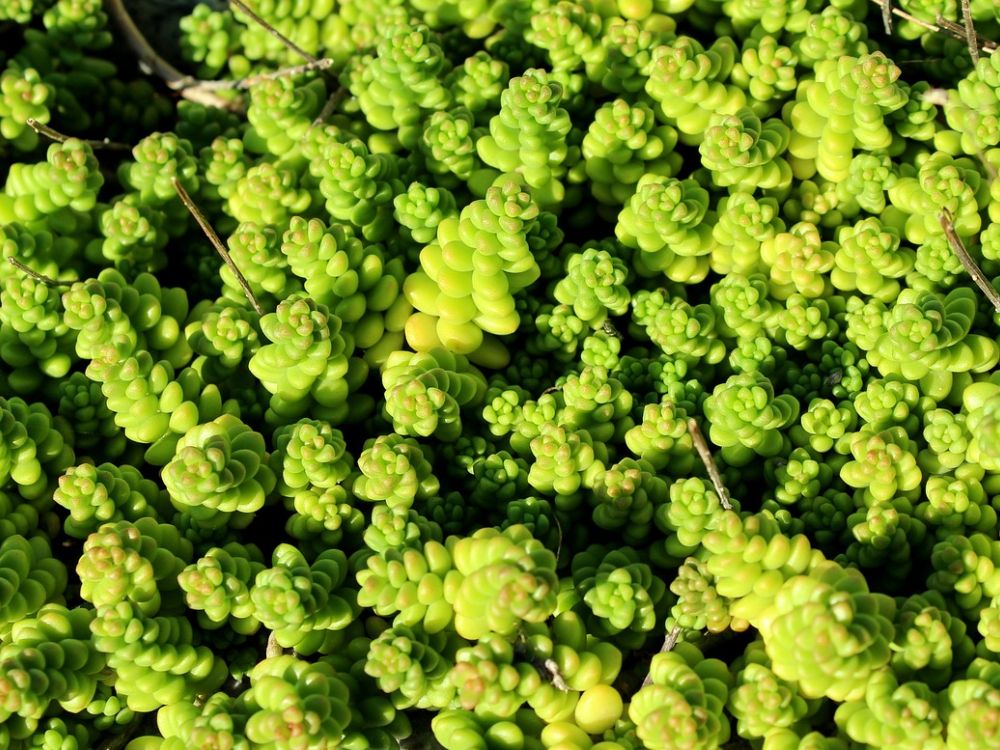
Sedums are hardy succulents with fleshy leaves and star-shaped flowers. They make excellent ground covers, cascading plants, and fillers.
Sedums grow well in rockeries, containers, or garden beds.
Paddle Plant (Kalanchoe thyrsiflora)

The Paddle Plant boasts large, rounded leaves with a reddish tinge. It prefers full sun to part shade and is a striking addition to any garden. This plant is easy to care for, requiring minimal watering.
Pigface (Carpobrotus glaucescens)
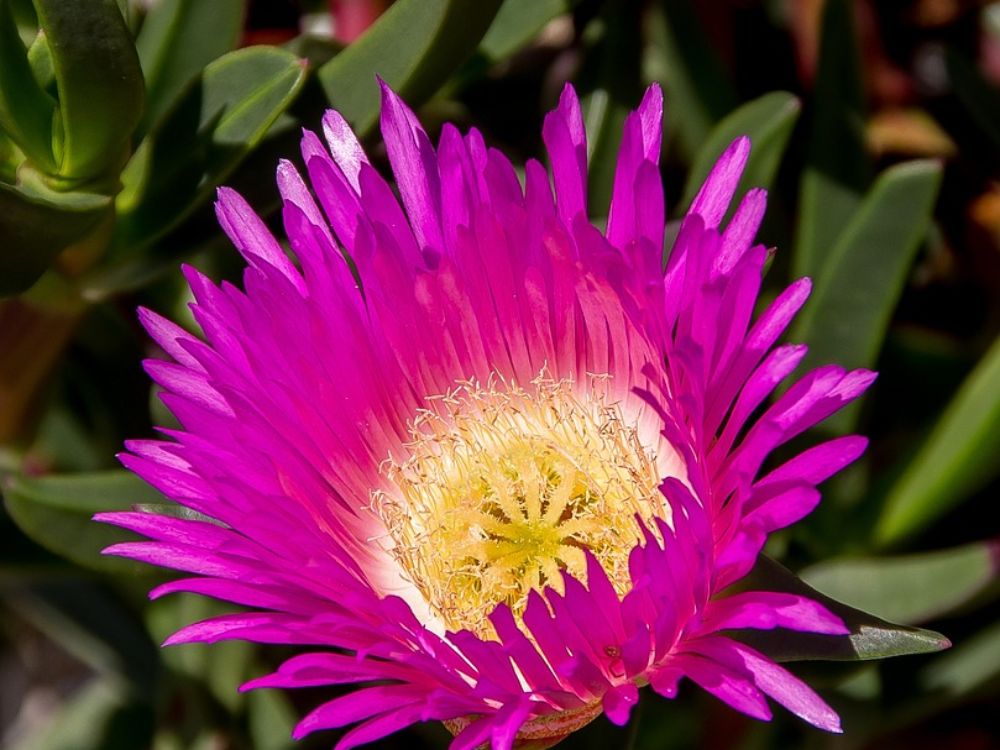
Pigface is a ground-cover succulent with vibrant pink or purple flowers. It’s drought-resistant and perfect for coastal gardens. Pigface grows well in sandy soils and can thrive with little attention.
Blue Chalk Sticks (Senecio serpens)
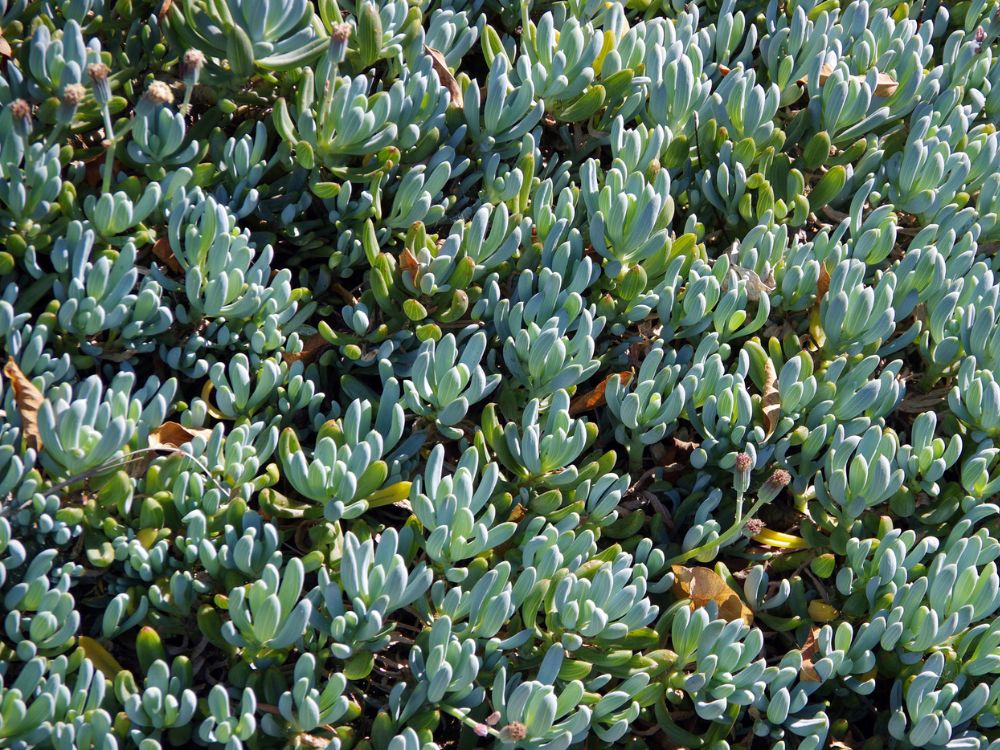
Blue Chalk Sticks feature powdery blue, upright cylindrical leaves. They prefer full sun and well-draining soil. These plants are excellent for adding texture to garden borders and containers.
Ponytail Palm (Beaucarnea recurvata)

The Ponytail Palm, recognised by its bulbous base and long, arching leaves, is quite drought-tolerant. It grows well both indoors and outdoors, needing bright light and infrequent watering.
Aeonium (Aeonium spp.)
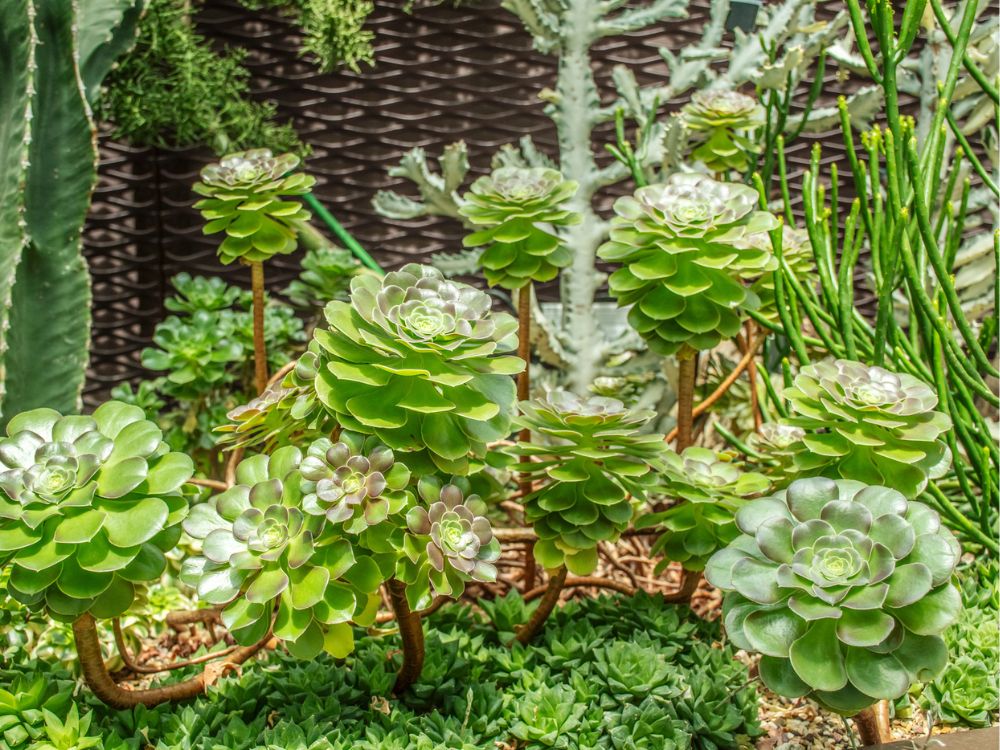
Aeoniums have rosettes of fleshy leaves that vary in colour and size. They grow best in mild coastal climates, needing well-draining soil and partial shade. They add a unique visual element to succulent collections.
Graptopetalum (Graptopetalum spp.)

Graptopetalums are rosette-forming succulents with thick, fleshy leaves. They prefer full sun and well-draining soil. These plants produce small star-shaped flowers in various colours.
Hens and Chicks (Sempervivum spp.)

Hens and Chicks are hardy succulents that form clusters, with the ‘hen’ being the main plant and the ‘chicks’ its offshoots. They are ideal for rock gardens and tolerate cold and drought conditions.
Crown of Thorns (Euphorbia milii)

The Crown of Thorns is a blooming succulent featuring thorny stems and vibrant flowers. It prefers full sun and can tolerate dry conditions. It’s a great choice for adding colour to your garden.
String of Pearls (Senecio rowleyanus)
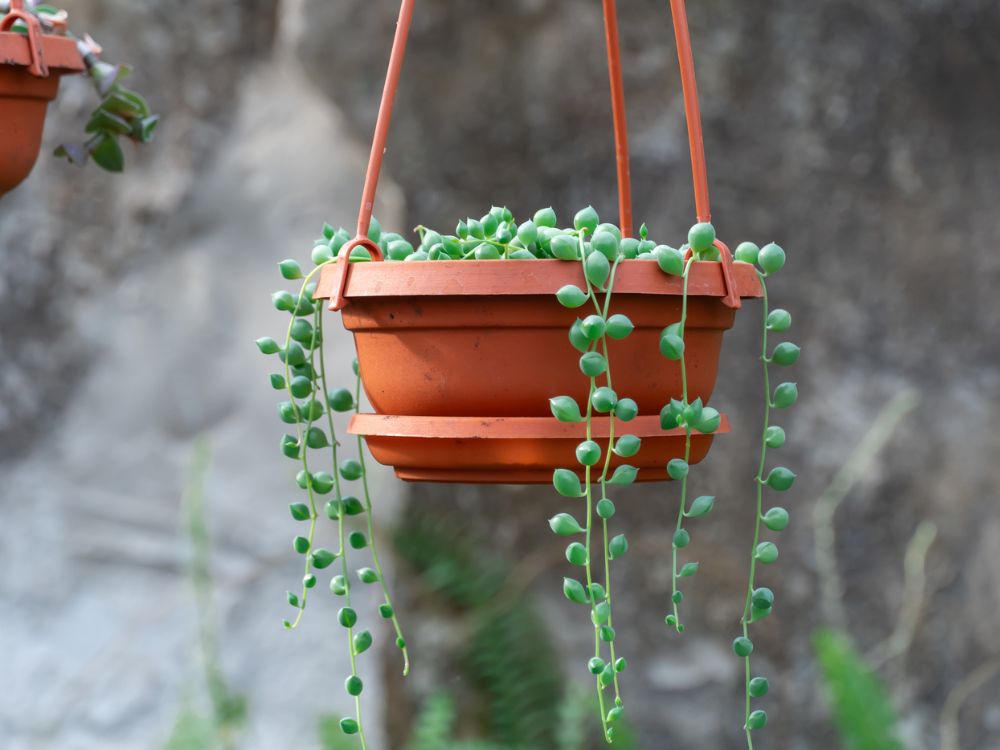
String of Pearls is a trailing plant with bead-like leaves. It prefers bright, indirect light and well-draining soil. This plant is perfect for hanging pots, adding a cascading effect to your space.
Care and Cultivation
Tips for Growing Succulents in Australia
Growing succulents in Australia requires considering climate and soil. Choose a sunny but partly shaded spot for the best growth, especially for Sedum and Agave. For terracotta pots, make sure your pots have good drainage to prevent root rot.
Watering and Feeding Requirements
Succulents need infrequent watering. During summer, water them every two weeks; in winter, cut back to once a month. Overwatering can lead to root rot, so allow soil to dry out between waterings. Use a balanced fertiliser during the growing season in spring, usually twice a year.
Common Pests and Problems
Succulents face common pests like mealybugs and aphids. Regularly inspect your plants and use insecticidal soap for treatment. Root rot also poses a risk, often due to poor drainage. Keep your soil well-drained and avoid waterlogging to prevent this issue.
This concise guide aims to make succulent care approachable and effective for your Australian garden, ensuring vibrant and hardy plants year-round.
How Do You Design A Succulent Landscape?
Succulents can be excellent landscaping plants if you know how to incorporate them into your garden.
Do Succulents Do Better In Full Sun Or Shade?
Succulents generally thrive in full sun, especially in Australian climates. Plants like Agave and Sedum flourish in well-lit areas. However, some types, like the Wax Plant, prefer bright indirect light. This means they’re better suited for shaded outdoor spots or indoors.
How To Arrange A Succulent Garden?
To design a succulent garden, start by selecting a mix of tall and short succulents for varied height. Place tall types like Agave at the back, ensuring they don’t overshadow smaller plants. Next, position medium-sized varieties such as Echeveria in the middle section.
Ground-cover succulents, like Sedum, should be at the front. These create a fuller look and fill gaps. Use terracotta pots for better drainage and plant health. Avoid plastic as it can retain too much moisture and cause root rot.
When it comes to landscaping, integrate contrasting colours to make the garden visually appealing. Mix bluish hues with greens and occasional pops of red or yellow. Add decorative stones or pebbles to enhance the overall look and maintain soil moisture.
Image by simonapavan – [email protected]/depositphotos
